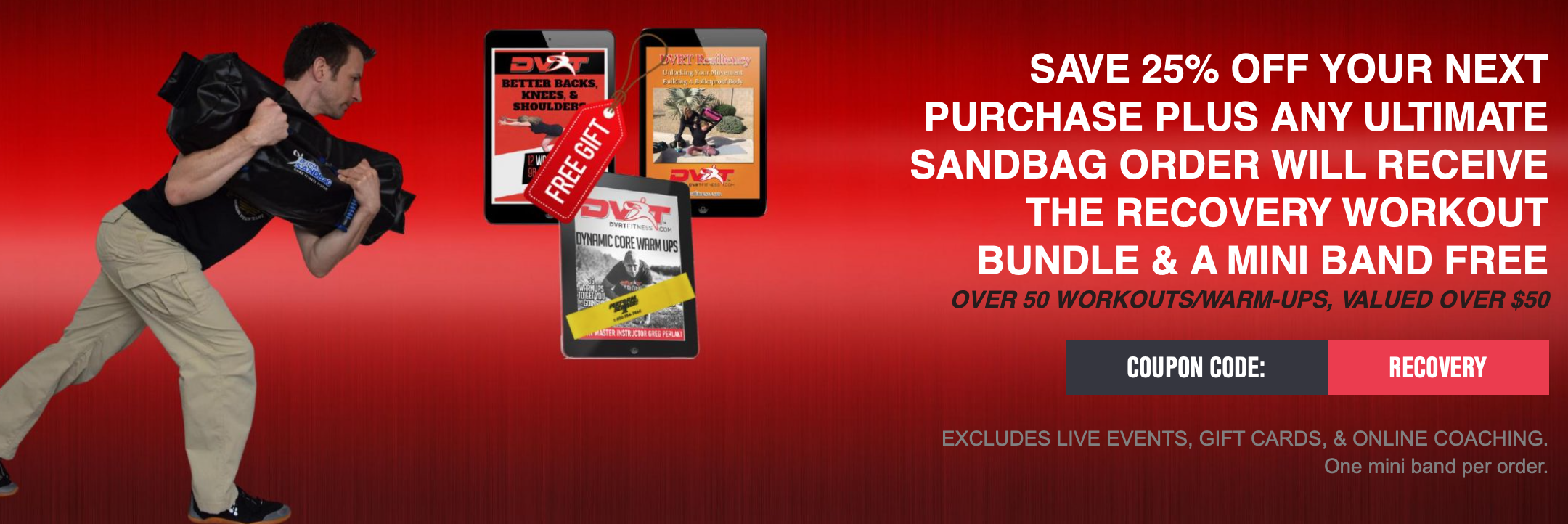Why Side Bends Are A TERRIBLE Core Exercise
2022-09-14
I have to be honest, I am not surprised that in 2022 we still have people performing side bend exercises. Part of me is not surprised because I have seen the fitness industry going backwards for the last 5 years or so. Of course, I have my theories why, but the point is that we are regressing largely in how we think about that body.
That also leads to my other reason I am surprised which is because we have SO much information about how our bodies work, you would think we could get past such dated forms of training. Let me explain why’re the side bend exercise is an absolutely TERRIBLE core exercise.
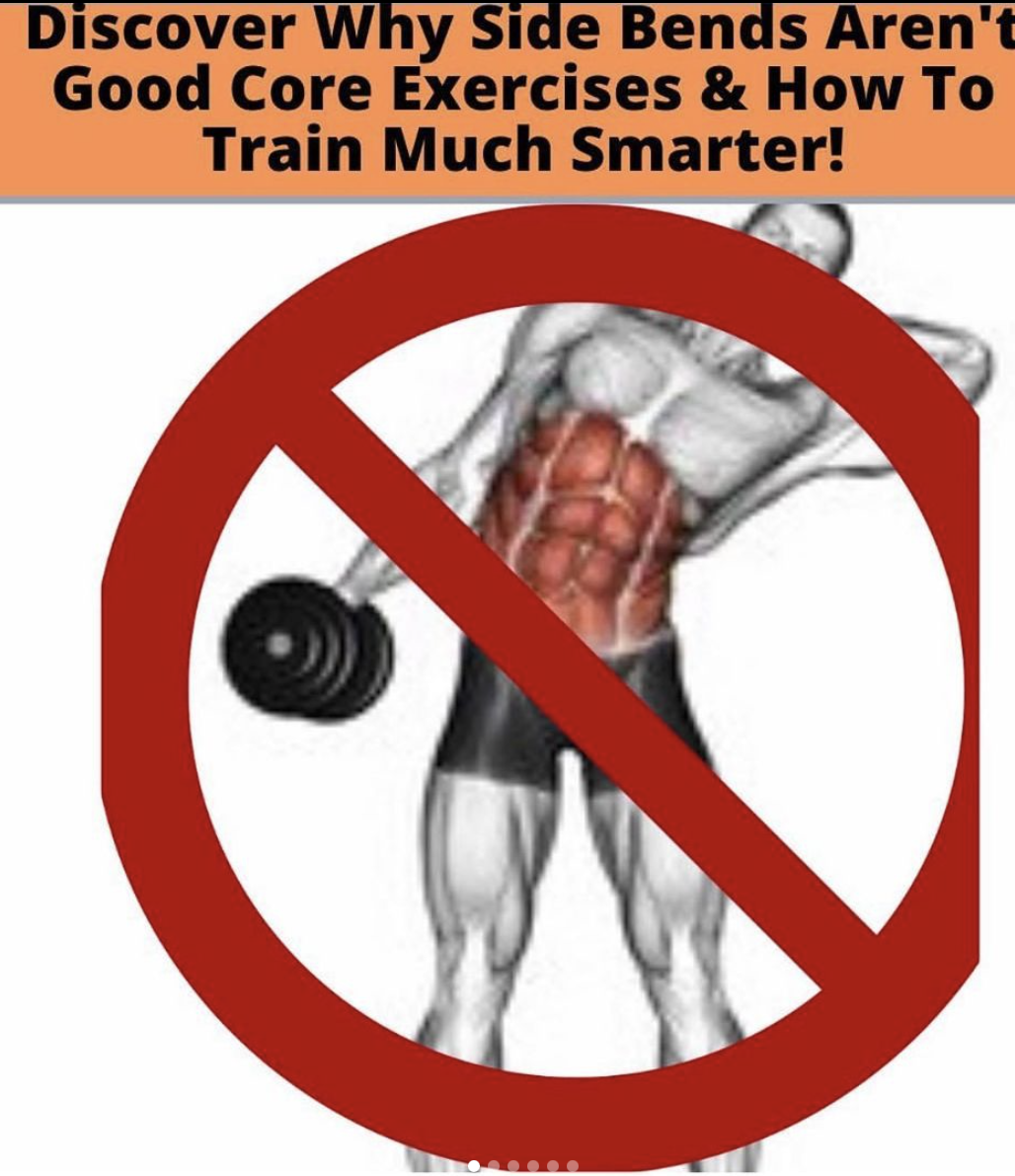
It Doesn’t Train The Obliques In Effective Ways
There is a difference that people have a hard time with that our body can do something, but it is NOT our dominant way of producing movement and strength. Yes, our obliques help us side bend, but if this was a dominant movement for them you would see the muscles running up and down like you see in your biceps, quadriceps, etc.
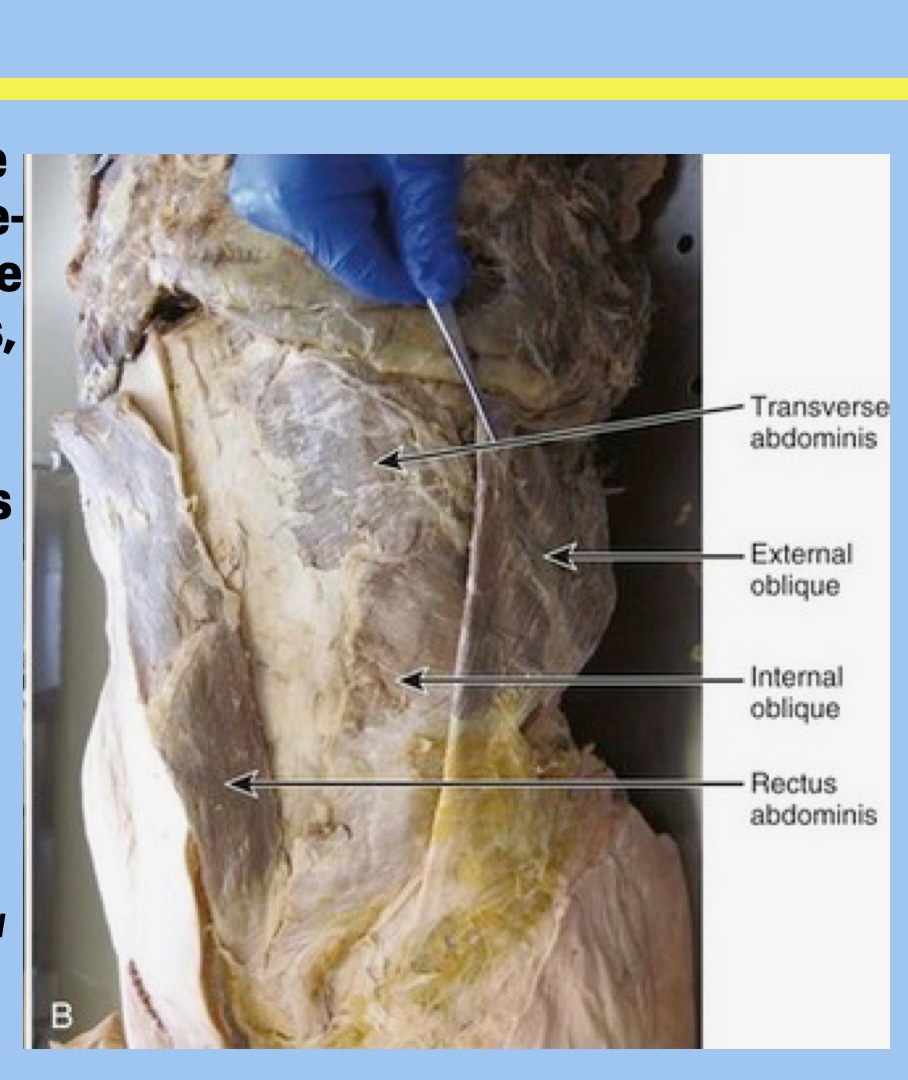
You can see the obliques do NOT run up and down because their MAIN function is far more complex than lateral side bending
The reason the obliques are designed the way they are is largely to help resist too much unwanted movement and be a “communication system” for the lower to the upper body.
We see this in studies such as “Feedforward muscle activity: an investigation into the onset and activity of Internal oblique during two functional reaching tasks” where the researchers found that the internal obliques, “Feedforward activity was identified and found to be significant…Sufficient muscle activity must be achieved to dynamically stabilize the spine in preparation for upper limb movement. “
This means that the obliques play a big role in stabilizing the core during movement and are even active BEFORE an action like reaching to help provide stability for the spine so the arms can move. When you look at the obliques you see the diagonal shape reminds us of a back brace, a corset, or anything that would want to control how much movement is allowed.
We literally hear the same sentiment in studies from the International Journal Of Physical Therapy, “The ultimate ability to produce forces necessary for performance of overhead sports is not solely due to the upper extremity contributions. Efficient distal segment motions occurring in such functional motions as overhead throwing and striking involve proximal core muscle activation patterns. More than half of the force production required by a tennis player in an overhead tennis serve is produced from trunk muscles (TM) and lower extremity (LE) muscles. Weakness or limited trunk and hip mobility can alter the normal activation pattern required in overhead throwing athletes, producing distal joint dysfunction. The core musculature acts as a connecting link between the upper and the lower extremity limbs in overhead athletic endeavors.”
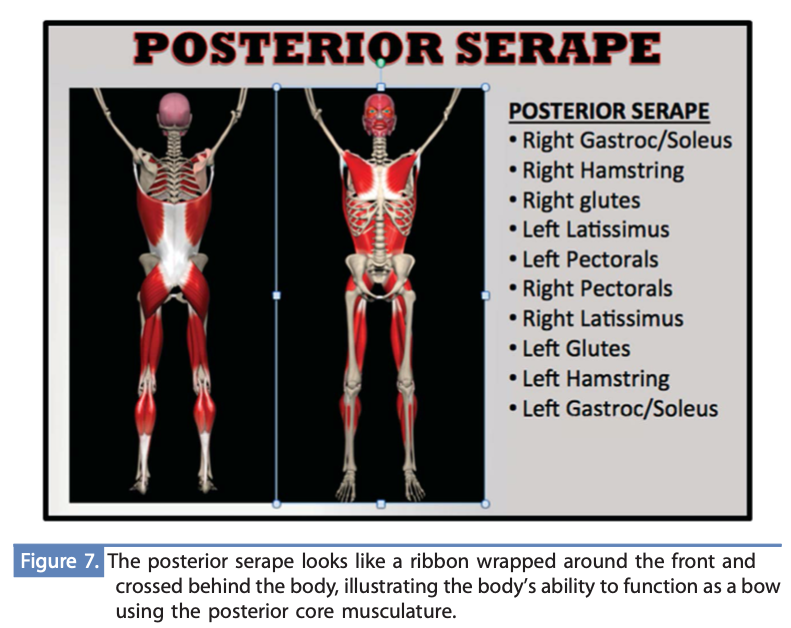
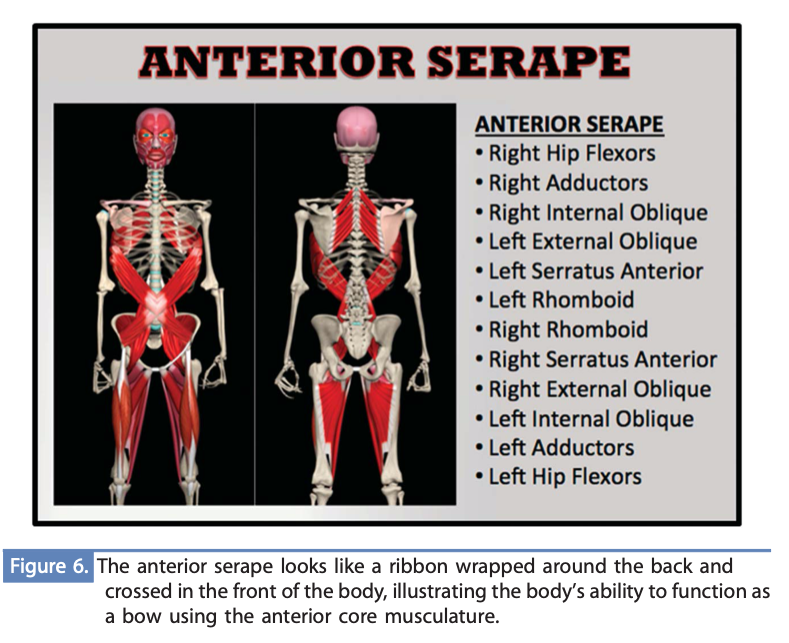
When you see the structure of our body, it should make sense that when it comes to training we have to think about the dominant movements of chains, not even just muscles, like the obliques. This is largely why side bends stink!
But We Move Laterally?
I’m going to try to clear up this confusion this way…if we take a muscle like the quadratus lumborum which is often thought of as a muscle that helps side bends and give it some perspective we see something else going on. For example, The force exerted by the musculature of the erector spinae and multifidus in the lumbar vertebrae is about 1800 N and 2800 N, respectively. QL exercises only 200 N. This is important because the quadratus lumborum can create side bending, but doesn’t do it with great force. Even more so, it creates WAY more force than stabilizers like the multifidus. We have to differentiate that a muscle can do something and that it does something REALLY well and powerfully.

We can move and even stretch laterally, but if we were ever to create great force we would NOT use that as an actual movement. That is because we actually weaken our body when we do so. The whole point of the lateral chain of our body is to RESIST lateral movement so that we have a more stable foundation to create strength. When we DO side bend in movement we actually create what is known as an “energy leak” and decrease our strength and stability.

If we look at a paper such as “Anterior and Posterior Serape: The RotationalCore” found in the Journal Of Strength & Conditioning, the authors explain, “The architecture of the serape is the key. By creating a stiffened core in a spiral pattern, the proximal ends of the hip and shoulder muscles are anchored producing faster arm and leg motion across the body. This is an essential component for all rapid reciprocal motion, such as running (particularly sprinting), throwing, kicking, changing direction, stair climbing, chopping firewood, and even single-sided lifting and carrying. Thus, a universal law of human movement is established—“proximal stiffness enhances distal mobility and athleticism” This requires core stiffness for enhancing performance while enhanced by the serape.
View this post on Instagram
What are GOOD oblique exercises instead of side bends? Well coach Johnny Rhodes helps us show many below…
View this post on Instagram
This doesn’t exhaust the list, but you can see how we take the science and bring it to better training. Below I really try to break down some of the most common misunderstandings about side bends and good lateral core training. There are SO many exercises that we can show in our DVRT system that work really well for training the obliques, but we have to understand the why’s first!
Save 25% off Ultimate Sandbags and get our recovery and mobility workout bundle for FREE! Just use code “recovery” HERE and all throughout DVRT courses/workouts
View this post on Instagram
© 2026 Ultimate Sandbag Training. Site by Jennifer Web Design.

